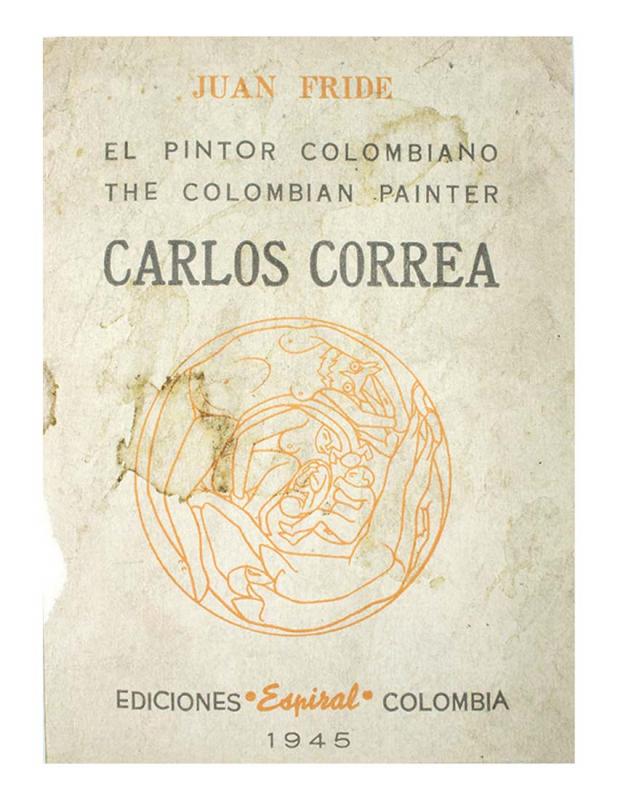While the painting Anunciación (1941) was removed from the second presentation of the Salón Anual de Artistas Colombianos, it won an award—under a new title—at the third presentation of the event, which led to widespread criticism from the Church. In this text, Colombian painter Carlos Correa (1912–1985), creator of the work, documents the history of the controversial painting and the reactions it provoked.
In a sense, the episode recounted here can be traced back to 1939, when the watercolors of female nudes by Débora Arango (1908–2005) gave rise to an unprecedented scandal in Medellín society. The mass media, the Church, and even some politicians got involved in the controversy surrounding Correa’s work, which in the painter’s opinion, is what makes this document so important. Anunciación is first and foremost a painting that reflects the American mestizo; it is a “song to motherhood,” “in praise of woman as biological force of creation.” Correa observes that what he describes as the “liturgical” use of color provides a sense of a balance. In the epilogue, he responds to the question formulated by the female figure in the painting, one that no one wanted to address a quarter of a century before: “Why am I nude before the holy image in a stained glass window? —Because motherhood is holy as well….”
For further information on Carlos Correa’s work, see “El pintor colombiano Carlor Correa” by Juan Friede [doc. no. 1093417]; “Carlos Correa, pintor de la vida” by César Uribe Piedrahita [doc. no. 1098176]; and “Vigencia de lo nacional: una entrevista con el maestro Carlos Correa” by Luis Mejía García [doc. no. 1094044].



